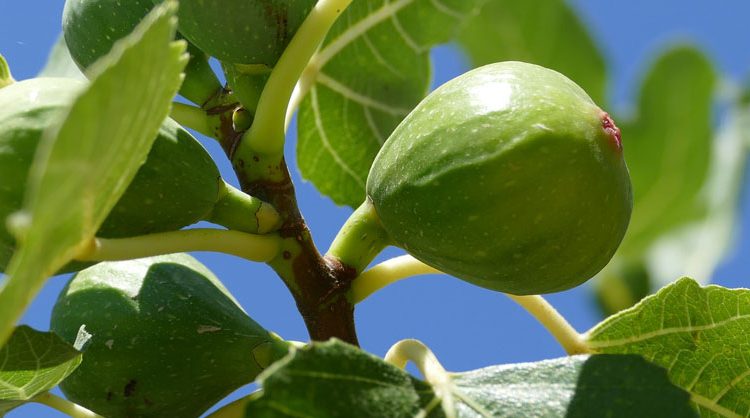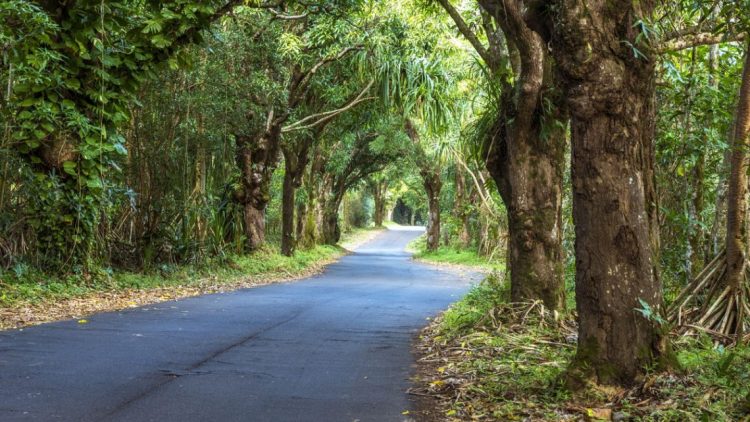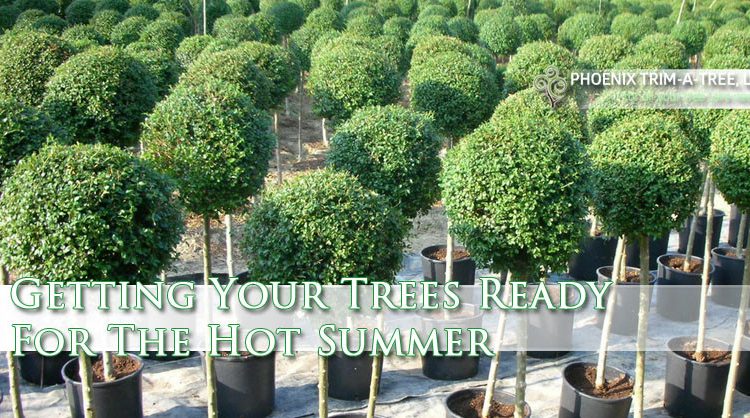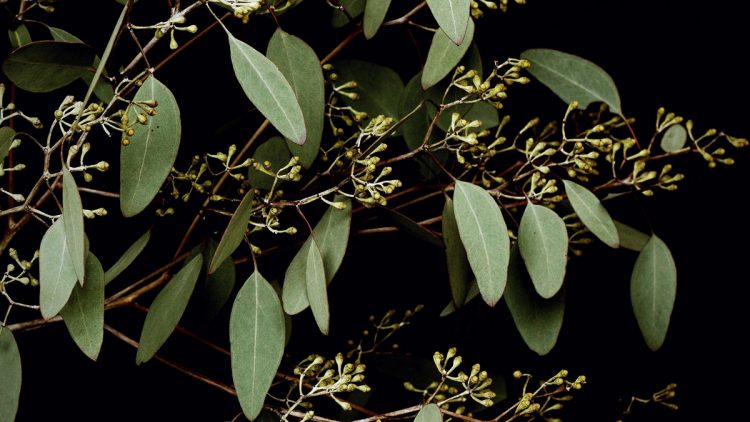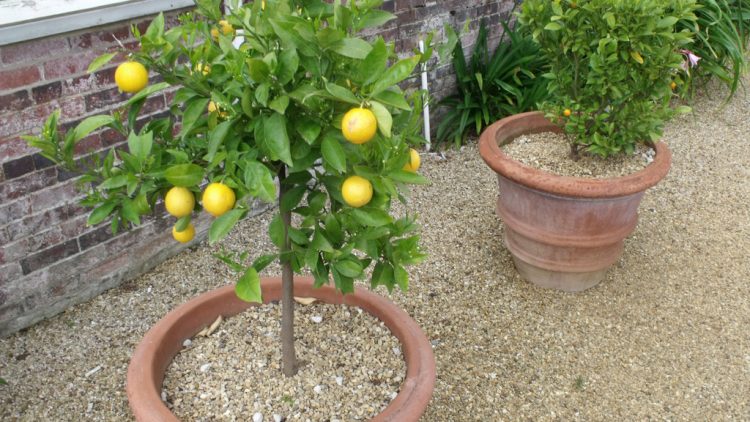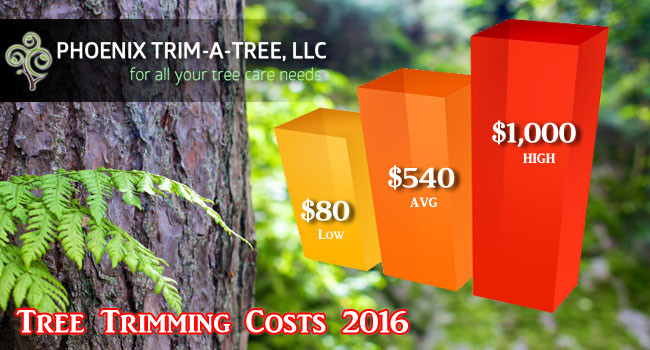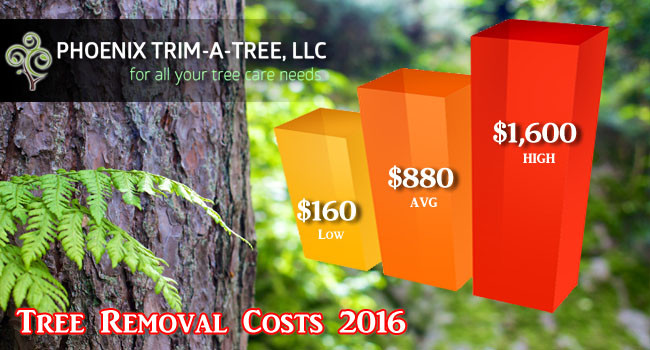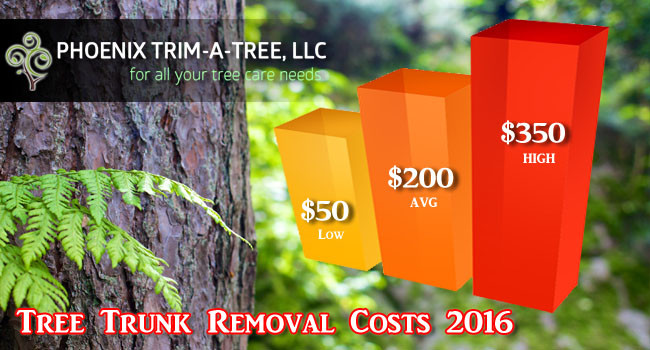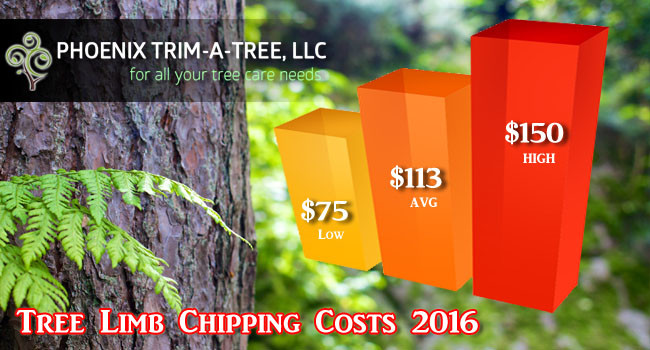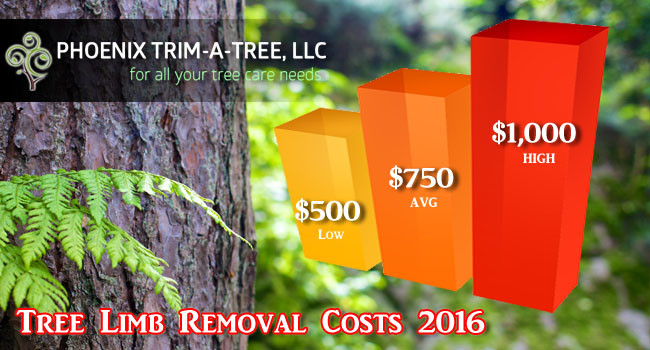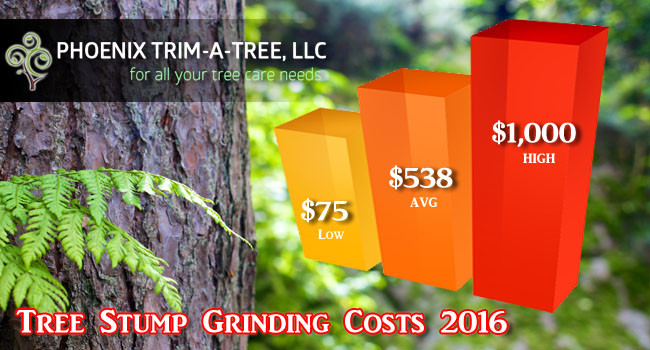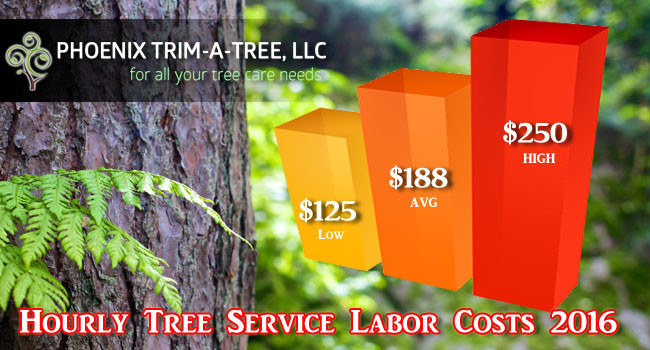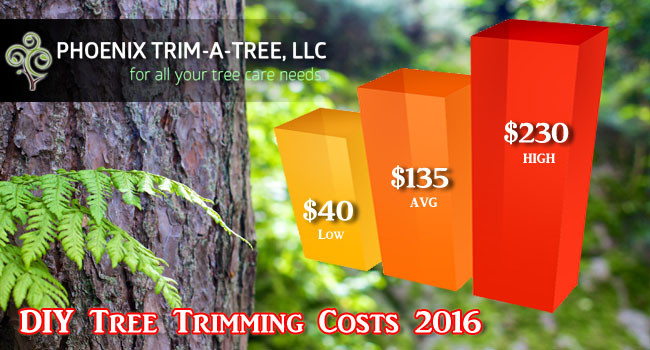Why Phoenix Trim-A-Tree Is the Best for Residential Tree Trimming & Stump Removal
Why Phoenix Trim-A-Tree Is the Best for Residential Tree Trimming & Stump Removal
🌳 Why Phoenix Trim-A-Tree Is the Best for Residential Tree Trimming & Stump Removal
When it comes to maintaining the health, safety, and beauty of your yard, Phoenix Trim-A-Tree stands out as the top residential tree service provider in the Valley. From expert tree trimming to safe and complete stump removal, they offer the professional service, experience, and reliability that Phoenix homeowners depend on.
✅ Locally Owned & Operated Since 1996
Phoenix Trim-A-Tree is a locally owned, family-run company with deep roots in the community. With over 25 years of experience, they know how to care for Arizona’s unique desert trees—from mesquites and palo verdes to citrus and palm trees.
Their local knowledge ensures your trees thrive in the harsh Phoenix climate while keeping your property clean, safe, and HOA-compliant.
✂️ Expert Residential Tree Trimming
Whether your trees are overgrown, hazardous, or just in need of a shape-up, Phoenix Trim-A-Tree delivers:
-
Professional, precision pruning
-
Crown thinning and height reduction
-
Deadwood removal to prevent disease
-
Storm damage cleanup
-
HOA-approved trimming techniques
Their team knows how to trim trees the right way—preserving health, structure, and curb appeal.
🌳 Safe & Thorough Stump Removal
Old stumps aren’t just eyesores—they can be tripping hazards, attract pests, and damage lawn equipment. Phoenix Trim-A-Tree uses professional-grade stump grinders to eliminate stumps below ground level, so you can reclaim your yard.
-
Fast, clean removal
-
No chemicals
-
Landscape-ready results
They even offer root tracing and removal if needed to prevent regrowth.
🛠️ ISA-Certified Arborists on Staff
Unlike many “chainsaw and a truck” companies, Phoenix Trim-A-Tree has ISA-certified arborists on their team. That means your trees are cared for by trained professionals who understand proper pruning techniques, tree biology, and long-term health.
This expertise reduces the risk of tree damage or poor cuts that can lead to disease or instability.
💰 Affordable Pricing & Honest Quotes
Phoenix Trim-A-Tree offers free, no-obligation quotes and competitive rates for residential tree services. They’re transparent, upfront, and won’t upsell services you don’t need.
They’ll work within your budget and help prioritize the most urgent tree care needs.
🏠 Residential Tree Services They Offer
Phoenix Trim-A-Tree provides a full range of tree care for homeowners, including:
-
Tree trimming & pruning
-
Tree removal
-
Palm tree trimming
-
Stump grinding & removal
-
Tree fertilization & maintenance
-
Emergency storm cleanup
-
HOA compliance trimming
Whether you’re preparing for monsoon season, managing overgrown branches, or clearing space for landscaping, they’ve got you covered.
🌵 Arizona Climate Experts
Arizona’s extreme heat, low humidity, and monsoon storms present special challenges for trees. Phoenix Trim-A-Tree knows how to:
-
Trim trees for wind resistance
-
Prevent sunscald and over-pruning
-
Time trimming for seasonal health (especially for citrus and palms)
They tailor their services for our unique desert environment, ensuring your landscape not only survives—but thrives.
⭐ Top-Rated by Phoenix Homeowners
Phoenix Trim-A-Tree has earned hundreds of 5-star reviews from satisfied customers who praise their:
-
Fast, friendly service
-
Clean job sites
-
Honest communication
-
Professional results
Their dedication to customer satisfaction and attention to detail is what keeps them a top choice across the Valley.
GET A FREE ESTIMATE TODAY!

